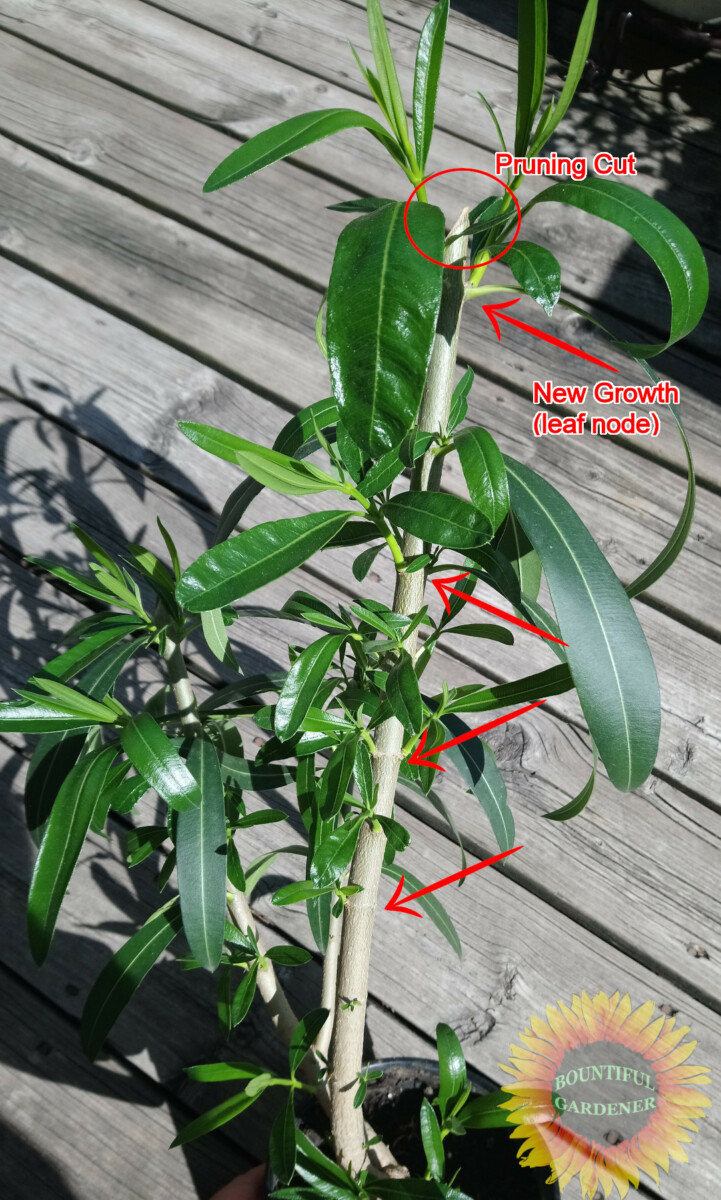Oleander is an easy to grow shrub that is grown for its beautiful blooms and evergreen olive-like foliage (hence the name). Although it naturally grows in Mediterranean, subtropical, and tropical regions, it can tolerate some cold temperatures and can be successfully grown in colder temperate climates with adequate protection or overwintering indoors. Read below to learn more so you can enjoy the beauty of your oleander year after year.
|
Key Takeaways
|
On this page:
Oleander Cold Tolerance
Oleander can survive cold temperatures above freezing, however it is vulnerable to damage from light frosts.
In the United States, oleander is considered perennial in zones 8b and warmer. In places with colder winters, oleander needs greater protection from the cold or must be overwintered indoors.
Can Oleander Survive a Frost?
Oleander are mildly frost hardy and can survive a frost down to 15-20°F (-6.6 to -9.4°C), but may suffer damage to leaves and branches.
Note that oleander plants kept in containers are more vulnerable to dying from freezing temperatures, as the roots are not as insulated as in-ground oleanders. Because of this, if you do experience deep frosts, it’s recommended to overwinter your oleander indoors.
What To Do If Your Oleander Suffers Frost Damage
Although oleander can survive light frosts, tender leaves and young shoots are more vulnerable and can take frost damage.
If you see the tips of your oleander branches dying after a frost, but the rest of the plant still looks healthy, you can take it inside and prune off the dead tips off the branches. When pruning, select healthy nodes (points on a branch or stem where leaves grow out or will grow out) and using clean scissors or pruners, cut just above them. Eventually, new shoots will begin to sprout along the nodes below each cut.
Tips for Overwintering Oleander Indoors
Overwintering oleander plants indoors is straightforward. Ideally, you want to bring your oleander plants inside before the first frost. Below are some tips to ensure your oleanders not only survive indoors but remain strong and healthy before next spring:
- Ensure your oleander plants are free from pests before bringing them indoors. Some pests can be easily missed, like immobile scale insects. These pests can not only proliferate unchecked on your oleander while it’s inside, but some can spread to other indoor plants.
- Oleander can be overwintered next to a window, receiving indirect sunlight. While supplementing with artificial light is not necessary, you can keep oleander under a fluorescent or LED grow light.
- While oleander can get frost damage, it is cold tolerant and can be overwintered in a garage as long as it doesn’t freeze and can get at least indirect sunlight.
- Like most overwintered plants, oleander requires less water and fertilizer. Large oleander plants can be watered when the top inch or two of soil is dry. Fertilize in early spring to promote new growth.
- Overwintered oleander does not need to be pruned, but you can prune in late winter or early spring when new growth begins. Try to prune no more than 1/3 of the plant at a time to avoid overstressing it.
Do You Need To Prune Oleander Before Overwintering?
Oleander does not need to be pruned before overwintering. Pruning oleander is best done in early spring, around the time new leaf buds begin growing again.
Oleander plants do not require regular pruning except to control its size and shape. When pruning, cut above any of the leaf nodes (the “joints” where leaves grow out) along a branch or the main stem, and new growth will appear below the cut.

Does Oleander Stay Green in Winter?
Oleander is an evergreen shrub but leaves may turn brown and shed if the plant is stressed, infested with pests, or exposed to frost.
If your oleander plant sheds its leaves, as long as it’s still alive, they will grow back with the new shoots.
References
- Russ, O.A.K. et al. (2019) Oleander, Home & Garden Information Center | Clemson University, South Carolina. Available at: https://hgic.clemson.edu/factsheet/oleander/.
